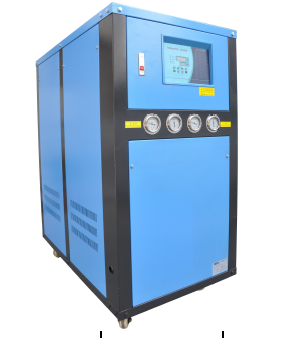Ultrasonic degreasing is a machine that uses ultrasonic vibration to generate tens of thousands of small bubbles in the degreasing liquid. These small bubbles generate strong mechanical force during growth and closure, and the grease and dirt adhering to the surface of the part are quickly detached, thereby accelerating. Degreasing process. Make the degreasing more thorough.
Ultrasonic can be used in solvent degreasing, chemical degreasing, electrochemical degreasing and pickling. It can achieve the effects of degreasing (polishing paste, oil stain, wax), rust removal, film removal (hanging ash, scum, dirt film) in one step or step. The temperature and concentration of the ultrasonic degreasing solution are lower than the corresponding degreasing liquid. Because the temperature and concentration are too high, it will hinder the propagation of ultrasonic waves and reduce the degreasing ability. The use of ultrasonic waves can reduce the temperature and concentration of the degreasing liquid, save energy, protect the base metal from corrosion, and prevent hydrogen permeation caused by cathodic electrolytic degreasing. It should be pointed out that the ultrasonic degreasing liquid does not simply dilute the original degreasing liquid, but should properly select the composition and ratio of the degreasing liquid, and select appropriate ultrasonic oscillation frequency and intensity parameters.
Ultrasonic degreasing is more effective in treating parts with complex shapes, micropores, blind holes, narrow slits, and high degreasing requirements. High-frequency, low-amplitude ultrasonic waves can be used for complex small parts, and low-frequency (15-30 kHz) ultrasonic waves can be used for larger parts.
The ultrasonic device consists of a vibration plate and an ultrasonic generator. Commercially available ultrasonic cleaners are available in single-slot, double-slot, three-slot, and four-slot configurations. Standard models are also available for use in specific operating environments. In the input type ultrasonic device, the vibration plate and the ultrasonic generator adopt a split structure, and the arrangement is flexible. According to the requirement of the ultrasonic radiation surface, the vibration plate can be arranged on the bottom surface, the side surface or the top surface of the cleaning tank. In order to obtain good degreasing effect on the concave and back parts of the part, it is preferable to rotate the part in the groove so that each part can be irradiated by ultrasonic waves.





